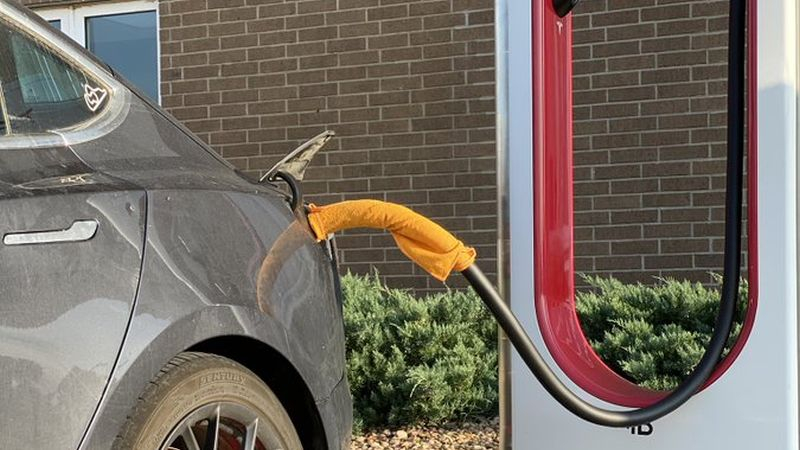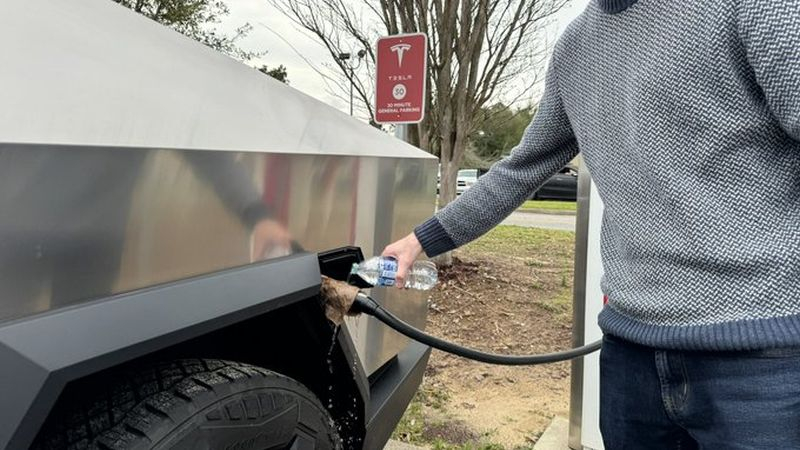At branded Supercharger stations, as at most others, Tesla electric vehicles replenish their range using a large amount of direct current, and the process is predictably accompanied by the release of a large amount of heat. The company has only recently begun to object to the trick used by car owners to fool heat sensors by using a piece of damp cloth on the charging gun.

Image source: X, Out of Specs Studios
Some enthusiasts have enthusiastically described their impressions to members of specialized communities for several months, demonstrating the benefits of this method of accelerating the charging of Tesla electric vehicles. In the charging pistol itself, as well as in other areas in the power circuit, there is a temperature sensor. As soon as it detects an increase in temperature under load, especially in hot weather, the current supplied by the charging station is forcibly reduced to maintain a safe temperature. As a result, charging time increases, and this resource, presumably, is valued even by owners of electric vehicles, which is precisely why they try to somehow “deceive the system.”
Most of all, the trick with a wet towel, which is used to wrap the charging pistol and the adjacent part of the charging cable, helped owners of Tesla electric vehicles using second-generation Supercharger charging stations, since they were not equipped with a forced cooling system for the cable and the pistol. However, even more advanced third-generation Supercharger stations, which have such a cooling system, demonstrated the benefits of using a damp piece of cloth. At least when charging the Cybertruck pickup truck with its 800-volt on-board system, this trick was to some extent justified.

Image source: X, Kyle Conner
Experimenters have recorded an increase in the power transmitted to the charging station by up to one and a half times after using a wet towel, some analyzed charging schedules in proprietary applications on a smartphone, but Tesla recently issued a warning: “Placing a damp piece of cloth on the Supercharger charging cable does not increase the charging speed and interferes with the normal operation of the temperature monitoring system, causing risks of overheating or damage. Please refrain from doing this so that our systems can operate correctly and identify genuine charging problems.”